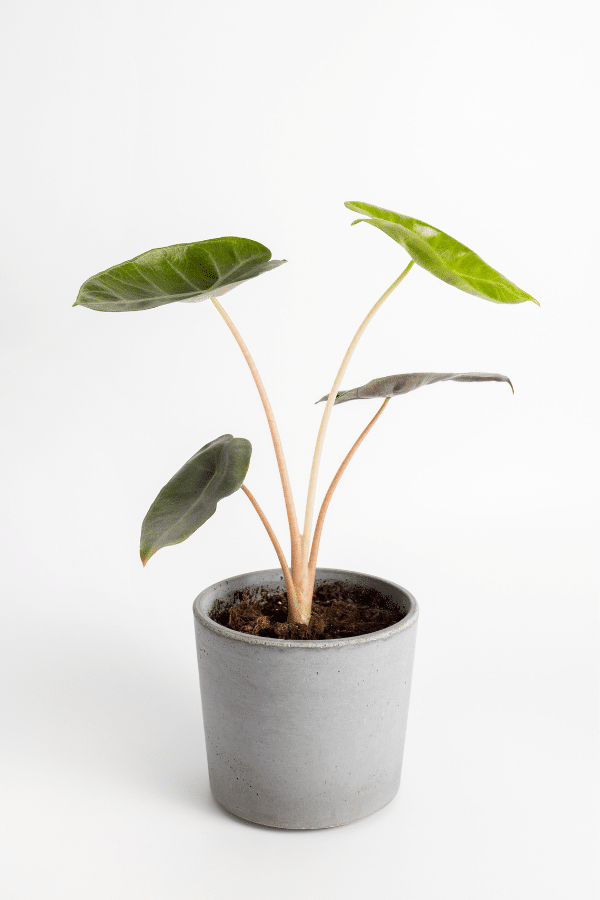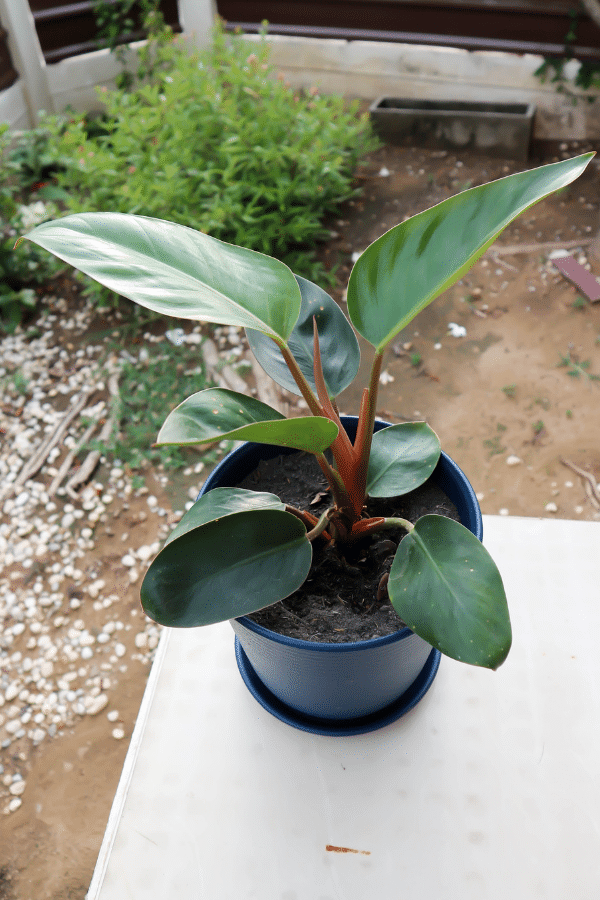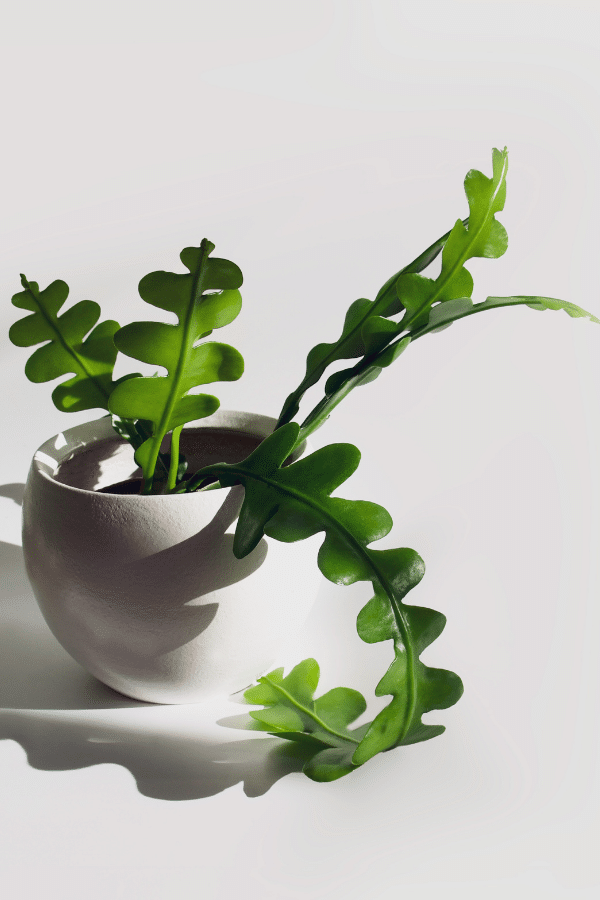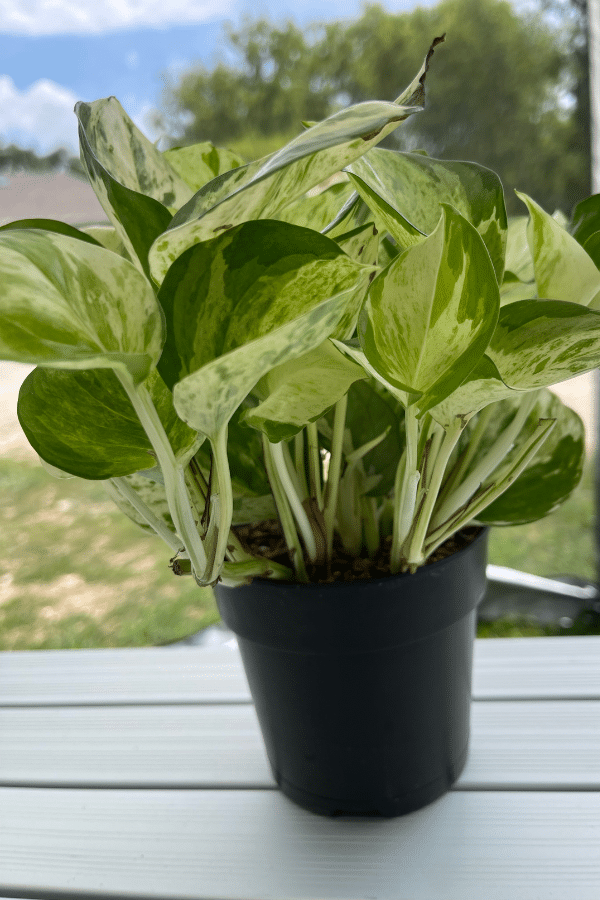Asparagus Fern
Scientific Name: Asparagus Setaceus
Asparagus Fern care is rated as a medium plant to grow and care for. If you are a plant in the Asparagus family with feathery foliage, an Asparagus Fern plant may be for you.
To give this Fern plant the best care, it requires well-draining soil, water the plant when the top inch of the soil is dry, provide it with bright indirect sunlight, temperatures ranging from 60-75F, and average to high humidity levels.
Quick Care Overview
| Common Name | Asparagus Fern |
| Scientific Name | Asparagus |
| Family | Asparagaceae |
| Origin | South Africa |
| Growth Rate | Medium to Fast |
| Identification | Feathery thin foliage |
| Height | Up to 3 feet tall |
| Soil | Well-draining soil |
| Water | Water when the top inch of soil is dry |
| Temperature | 60-75F |
| Sunlight | Bright indirect sunlight |
| Toxic to Cats & Dogs | Yes |
| Toxic to Humans | Yes |
| Pests | Mealybugs, fungus gnats, spider mites |
| Diseases | Root rot |
Below we will dive deep into this Asparagus Fern care guide.
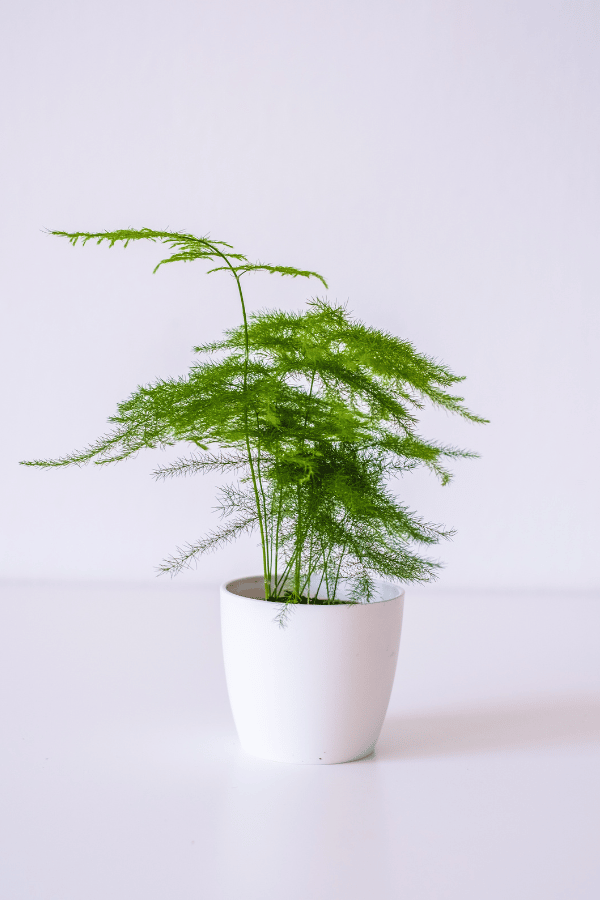
Asparagus Fern History
When we think of an Asparagus Fern, we may be actually referring to several species of the Asparagus genus, including Asparagus Denisflourus and Asparagus Aethipicus. When referring to the indoor potted plant, Asparagus Eethiopicus is typically the species being referred to. This gorgeous, feathery, fern-like plant looks lovely when cultivated indoors.
Asparagus Fern Identification
Although there are several species of Asparagus Fern, when we think of an Asparagus Fern, what we are referring to is likely not a fern at all but a member of the Asparagus family that is similar to the garden vegetable. The most popular plants being sold as Asparagus Ferns present with feathery foliage similar to many ferns. Foliage of an Asparagus Fern is a type of cladode, or leaf-like organ necessary for photosynthesis.
Asparagus Fern Growth Facts
This quick-growing evergreen plant looks great when grown in a hanging basket and its feathery appearance makes it a fun addition to your houseplant collection.
How Big Does an Asparagus Fern Get?
When grown indoors, the Asparagus Fern may grow up to 3 feet tall by 4 feet wide.
Asparagus Fern Care
The key to an excellent-looking Asparagus Fern is to keep your plant adequately watered, bushy, and dense so that the foliage will form a gorgeous mound of lance-like leaves.
Asparagus Fern Soil
Asparagus Ferns do best when grown in well-draining, airy soil. A commercial potting mix with incorporations of perlite should treat your Asparagus Fern nicely.
Asparagus Fern Fertilizer
You should feed your Asparagus Fern with a diluted balanced liquid fertilizer indicated for houseplants. Feed your plant monthly until summer, then feed your Asparagus Fern weekly. Desist fertilization in late fall and do not feed in winter. Dilute the fertilizer to half-strength and ensure that you follow all label instructions.
Asparagus Fern Watering
Your Asparagus Fern likes to remain consistently moist and will thrive in humid environments. This plant may require misting daily to prevent it from drying up, especially during the winter. You should rewater your plant after the top inch of soil has dried. Your asparagus fern will require plenty of moisture and humidity to thrive.
Asparagus Fern Light Requirements
Your Asparagus Fern will like to be grown in bright indirect light. Place the Asparagus Fern into an east facing window. This plant will love the morning sun. Avoid direct sunlight, which will cause leaf burn.
Asparagus Fern Temperature & Humidity
Your Asparagus Fern will do best in warm temperatures around 70 degrees Fahrenheit. You should never allow your plant to become exposed to temperatures below 55 degrees Fahrenheit, as this may cause permanent damage. You should also avoid exposing your Asparagus Fern to large fluctuations in temperature, as this may lead to cladodes dropping.
Repotting Asparagus Fern
You should repot your Asparagus Fern annually. When repotting and refreshing the soil, big clumps should be divided and potted into their own container. When repotting, be sure to keep some underground roots. After repotting, water thoroughly and place in indirect light.
Asparagus Fern Maintenance & Pruning
As Asparagus Ferns are rapid growers, you may want to trim your plant back for aesthetic reasons periodically. Use sharp, clean shears to remove any brown portions or to clean up a mature plant. Cut down to the base of the plant, do not cut in the middle of the stem.
Asparagus Fern Propagation
The most convenient way to propagate an Asparagus Fern is through division. Propagation should be done in spring. First, dig up the plant (wear gloves) and divide the root clump into sections. Use a sharp, clean knife if necessary to separate. Ensure that each portion has a root section and shoots. Replant the pieces into their own containers. Water thoroughly and place into indirect light.

Asparagus Fern Toxicity
Toxicity to Humans
Asparagus Ferns are considered toxic to humans and should not be ingested. This is due to the sapogenin compounds found within it. Although its berries are not highly toxic, they will lead to gastric upset, such as diarrhea and vomiting. This plant should be kept away from babies and small children.
Toxicity to Cats & Dogs
Asparagus Ferns are considered toxic to animals, though unlikely to be fatal. You should take care to not allow your dog or cat to eat this plant. If you suspect your pet has consumed this plant, contact your veterinarian.
Asparagus Fern Problems
Asparagus Fern Leaves Turning Yellow
The foliage of your Asparagus Fern may turn brown when the plant is not getting enough sunlight or has an active pest infestation. Alternatively, yellowing foliage may be due to overfertilization.
Asparagus Fern Leaves Turning Brown
The most common reason for the foliage of the asparagus fern browning is due to underwatering or lack of humidity.
Asparagus Fern Diseases
Asparagus Ferns are generally considered disease resistant. However, they may be affected by issues related to overwatering, such as root rot. Ensure that you do not overwater your plant.
Asparagus Fern Pests
The Asparagus Fern may become susceptible to infestation from common indoor houseplant pests such as aphids, mealybugs, spider mites, and more. Upon identifying an infestation, isolate your plant and treat it with a pesticide such as insecticidal soap or neem oil.

